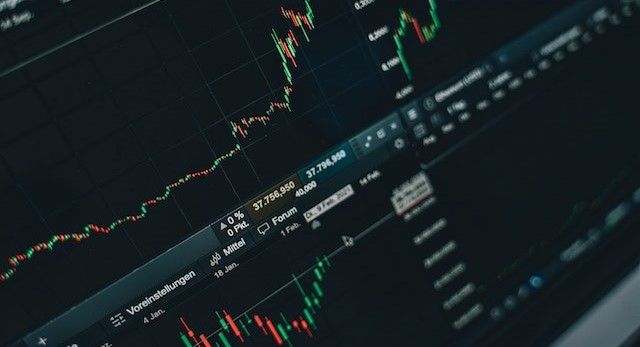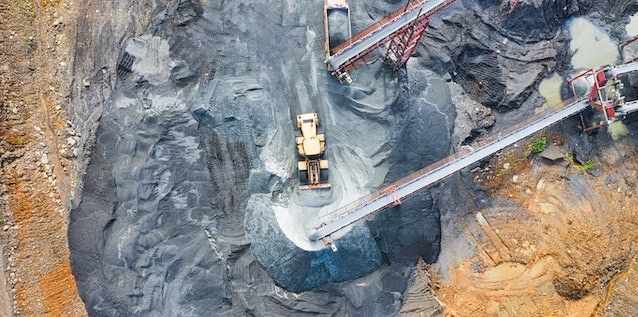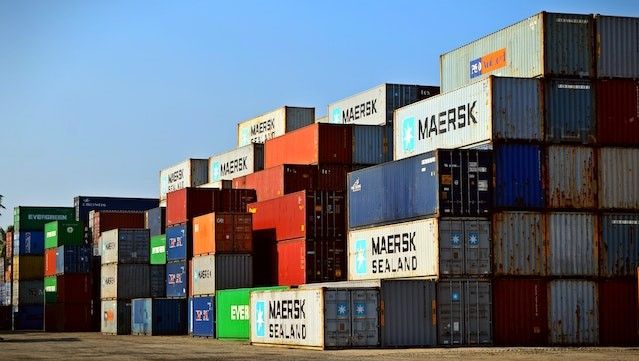A majority of businesses do not expect to see an end to the supply chain crisis any time soon. Most are predicting challenges in procurement even in the long term.
Yet surprisingly, a KPMG study of commodity prices in 2020, when the COVID pandemic was in full force, found that only 42% of prices had changed by more than 10%. Incredibly, of the products assessed, 272 went up, while 358 went down!

Certainly, since those early days, inflation has taken hold, pushing wage demands higher, increasing the cost of living, driving up transportation costs, and making many goods more expensive. But it is interesting to note, that buyers and suppliers frequently talked about cost increases when at the time most commodity prices were falling.
The Early Roots of Raw Material Price Inflation
The pandemic, social distancing, and lockdowns, all created a hiccup in the production of both finished goods and the materials needed to make them. But with production scaled back on all sides (both the manufacturing sector and raw material production), the supply chain should not have collapsed.
It did because:
1. Lockdowns were not uniformly applied. A factory in Vietnam was still running when the warehouse in Los Angeles was closed, and vice versa.
2. Stay-at-Home orders caused a surge in demand for products. New furniture, electronic goods, DIY items, baking ingredients and other hobby items, even the prices of homes with gardens were impacted by increased demand.
3. Bad resource management. The just-in-time system of inventory control was not prepared for an event like COVID.
Of course, smaller events also impacted which specific raw material prices would rise. Oil prices surged as markets became nervous – driving up the cost of long supply chains. A shipping container shortage formed as ports became backlogged forcing up the prices of goods from Asia. The surge in buying online left a shortage of local delivery drivers. While other raw materials were impacted by demand changes. For example, the demand for electronic goods caused pressure on the supply of cobalt, copper, and some rare earth elements.

The KPMG survey also showed that a number of firms failed to respond adequately to the new situation.
Incredibly, despite a full-blown global health pandemic, 59% either did not respond at all or implemented no strategic changes to their supply chains. 10% already had a comprehensive adaptation strategy in place and a further 10% of firms had individuals or small sections of their business who initiated changes.
Only 21% of those surveyed developed a new response to procuring supplies they needed to continue work as normal.

Only One in Five Businesses Adapted their Procurement Systems due to the Pandemic.
Few people like change, but given the events of the last few years isn’t it time to rethink supply chains?
A global pandemic, Brexit, a European war, ports overloaded, container shortages, and a blockage in the Suez Canal, have all assisted in creating a collapse in the global supply chain. Yet 79% of businesses are trying to carry on as normal.
Experts are already adjusting their procurement systems based on known changes. These knowns include:
· A shift to more ecological production methods.
· An expanding middle class in Asia, Africa, and South America.
· Aging populations in developed countries.
· A customer focus on sustainability.
· Increased use of emissions and carbon taxes.
· Continued population growth and scarcity of raw sources.
· Onshoring and a return to national/more local production.
· Continued digitalisation of B2B and B2C markets.
Yet what unexpected events await us in the coming years? Will the Russia/Ukraine war continue (or expand)? Will Chinese/US trade embargoes re-emerge? Will conflict begin in Taiwan? What natural disasters will occur? Will COVID or some other plague return?
Given all these factors, it is astonishing that so few companies are adapting to business in the 2020s.
There are many questions to be asked, but it is best to begin by asking if you have adapted? Has your business changed? How prepared is your procurement system for the raw material supply challenges of tomorrow?
Photo credit: Anna Nekrashevich on Pexels, Alesia Kozik, Chanaka, and Tom Fisk